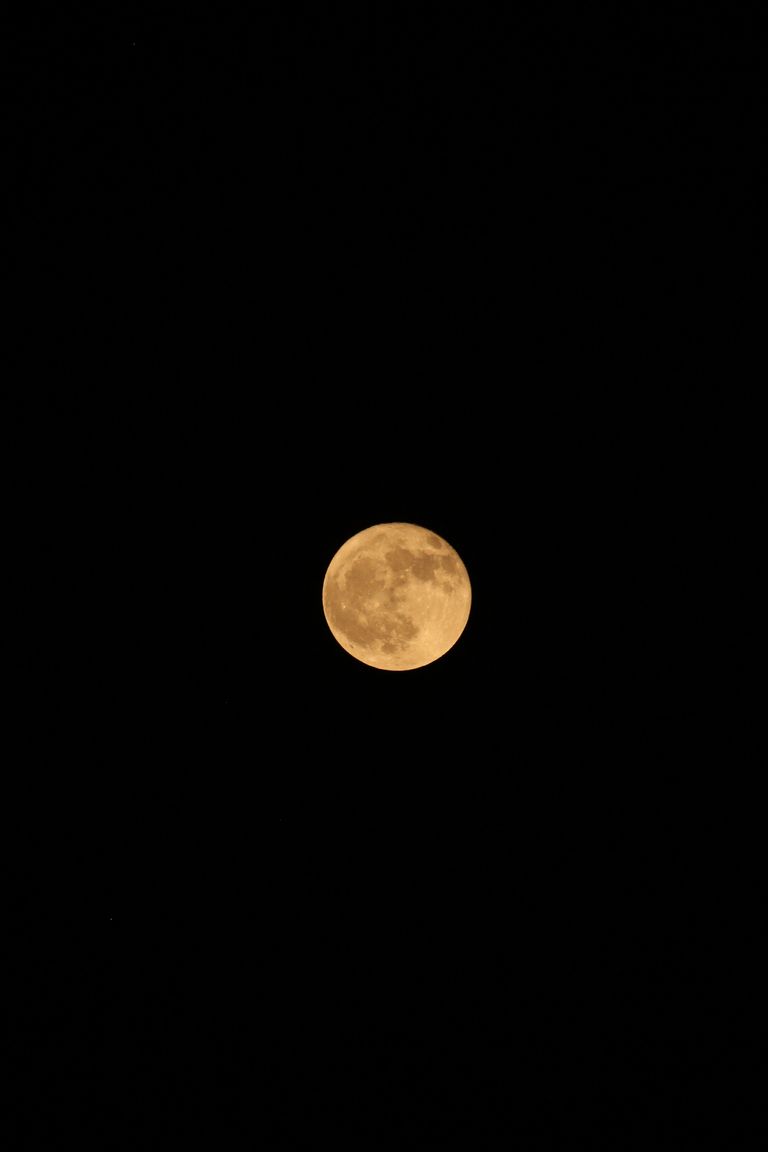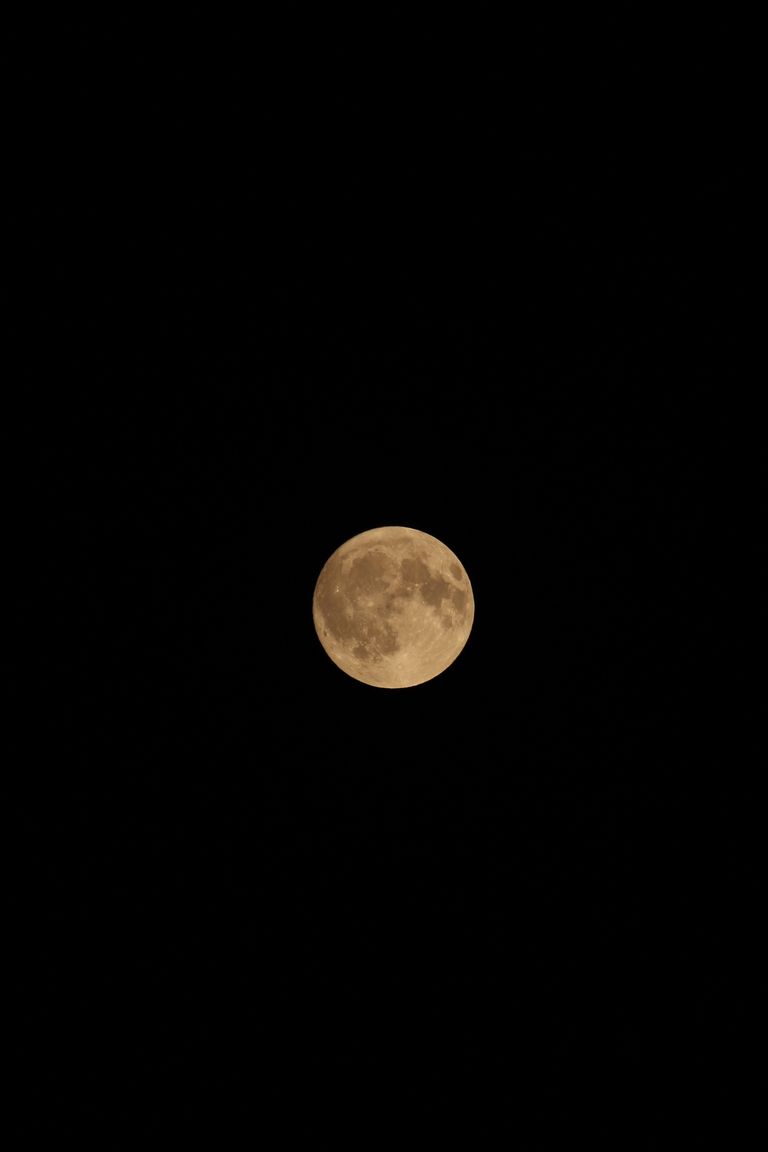As we gaze up at the night sky, one celestial body captures our attention like no other—the Moon. With its ethereal beauty and close proximity to Earth, the Moon has fascinated humanity for millennia. From ancient myths and legends to the remarkable feats of space exploration, our understanding of the Moon has grown exponentially. In this blog post, we embark on a journey to explore the mysteries of our celestial neighbor and delve into the profound impact it has had on our planet and our collective imagination. One of the Moon's most captivating features is its ever-changing appearance, known as lunar phases. As the Moon orbits around Earth, different portions of its sunlit side become visible to us. From the New Moon to the Full Moon and back again, this monthly cycle captivates stargazers worldwide. Furthermore, the Moon's gravitational pull affects Earth's oceans, giving rise to the ebb and flow of tides, impacting coastal ecosystems and human activities alike. Beyond its scientific significance, the Moon has influenced human culture, beliefs, and even our daily lives. Ancient civilizations worshipped the Moon as a deity, associating its phases with fertility, harvests, and celestial guidance. The Moon's gravitational pull continues to shape cultural celebrations, such as lunar New Year festivals and religious observations tied to lunar calendars. Moreover, the Moon's presence in the night sky has inspired countless poets, artists, and dreamers, fueling their creativity and offering solace and wonder. While the Apollo missions provided a glimpse into the Moon's secrets, we have only scratched the surface of its potential. Recent advancements in space exploration, including private companies and international collaborations, are paving the way for future lunar missions. Projects like NASA's Artemis program aim to establish a sustainable human presence on the Moon, opening new frontiers for scientific research, resource utilization, and even the possibility of lunar tourism.


The Moon, our constant companion in the night sky, has been an object of fascination, inspiration, and scientific exploration throughout human history. Its formation, composition, and influence on Earth and its inhabitants continue to captivate our collective imagination. As we look ahead to future lunar missions, we anticipate a new era of discoveries and innovations that will deepen our understanding of this enigmatic celestial body. So, the next time you cast your eyes upward and admire the Moon's radiant glow, remember that it holds the key to unlocking the secrets of our past and expanding the horizons of our future explorations.